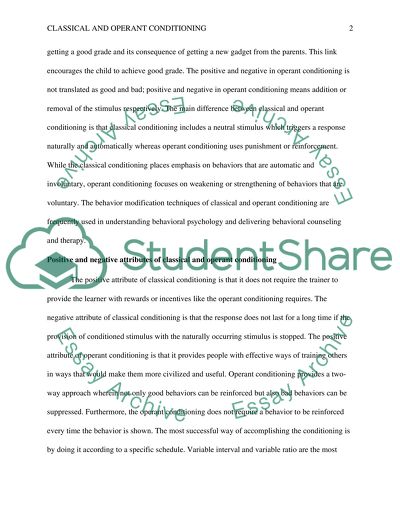Cite this document
(“Classical and Operant Conditioning Research Paper”, n.d.)
Retrieved from https://studentshare.org/psychology/1471533-classical-and-operant-conditioning
Retrieved from https://studentshare.org/psychology/1471533-classical-and-operant-conditioning
(Classical and Operant Conditioning Research Paper)
https://studentshare.org/psychology/1471533-classical-and-operant-conditioning.
https://studentshare.org/psychology/1471533-classical-and-operant-conditioning.
“Classical and Operant Conditioning Research Paper”, n.d. https://studentshare.org/psychology/1471533-classical-and-operant-conditioning.


